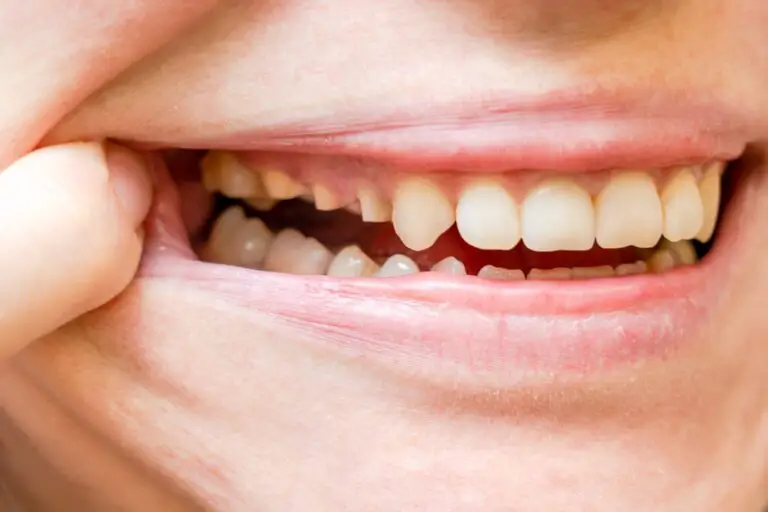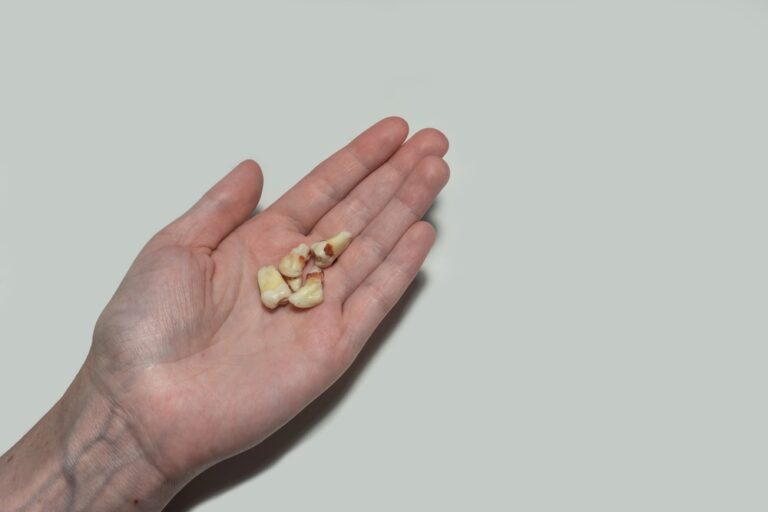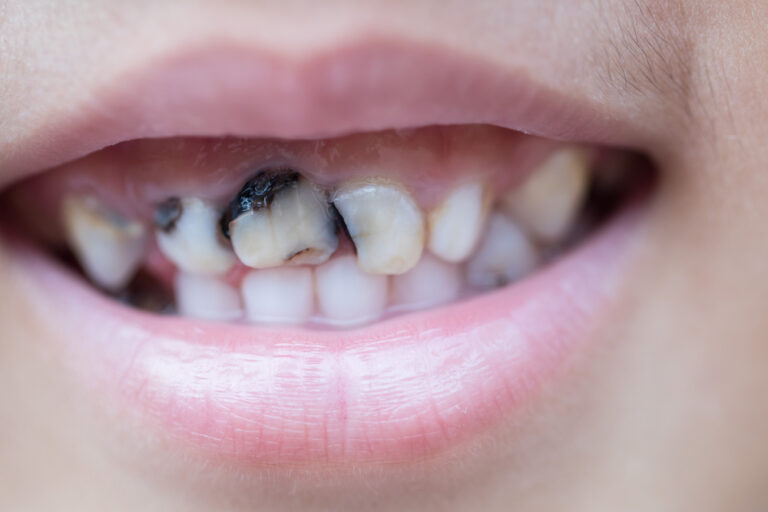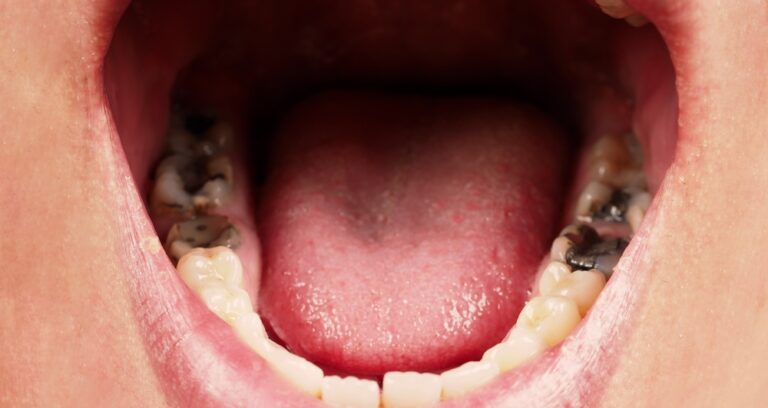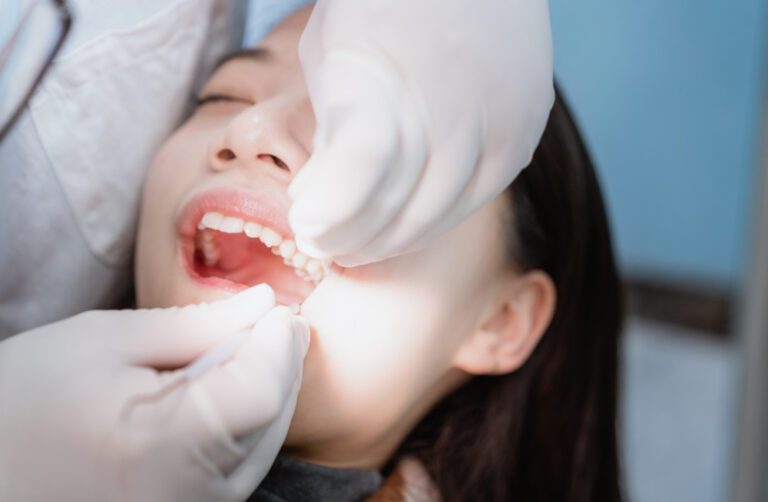Teeth are secured in the upper and lower jaw bones, known as the maxilla and the mandible. The part of the tooth visible in the mouth is called the crown. Under the gums, each tooth has one or more roots that connect to the jawbone through the periodontal ligament. The alveolar bone surrounds the tooth roots and provides anchorage and support.
Healthy teeth depend on a strong foundation of solid jawbone. Bone undergoes constant turnover and remodeling to maintain its strength. Osteoblast cells form new bone, while osteoclasts break it down. Usually an equilibrium is maintained, but certain conditions can disrupt this balance and cause more breakdown than regrowth.
Causes and risk factors for bone loss
Bone loss can occur slowly due to aging or rapidly due to disease. Here are some of the top causes:
1. Periodontal (gum) disease
Periodontitis is inflammation and infection of the gums and bone caused by plaque buildup. Toxins from bacteria activate the body’s immune response, triggering chronic inflammation. As this condition worsens over time, inflammatory chemicals and osteoclasts destroy the tissues anchoring teeth to the bone, including the periodontal ligaments and alveolar bone itself. Periodontitis is the leading cause of bone loss around teeth.
2. Poor oral hygiene
Inadequate oral hygiene allows plaque biofilm and tartar to accumulate on teeth, especially near the gums. This bacterial load provokes chronic low-grade inflammation and tissue damage, which enables bacteria to spread into deeper regions. Poor hygiene essentially permits the development of mild gingivitis into threatening periodontitis and bone loss over time.
3. Smoking and tobacco use
Smoking cigarettes or chewing tobacco has cytotoxic effects that can irritate gums or directly damage attachment fibers and bone. Tobacco use is associated with increased plaque buildup as well. Users also exhibit reduced blood flow and are up to 3 times more likely to develop serious gum disease leading to bone loss.
4. Clenching and grinding
Clenching or grinding of the teeth can place excessive bite forces against the jawbone surrounding teeth. This constant mechanical stress speeds up bone breakdown and slows regrowth, resulting in microfractures and overall reduction of alveolar bone mass. This process is further exacerbated by any associated gum disease present.
5. Diabetes and metabolic disease
Poor glycemic control in diabetics compromises immune defenses and wound healing. High blood sugar enables greater growth of plaque bacteria and also increases cellular oxidative stress and inflammation. Bone remodeling can become imbalanced, tipping towards more resorption. Those with metabolic syndrome have increased systemic inflammation that can accelerate periodontal bone loss.
6. Osteoporosis
Osteoporosis causes progressive, systemic skeletal weakening. The density and quality of alveolar bone can become compromised. Women are at higher risk following menopause due to reduced estrogen. Osteoporosis makes bone throughout the body more vulnerable to resorption triggered by infection and inflammation, including oral bacteria.
7. Cancers and medical conditions
Diseases like leukemia and oral cancer can spread to jawbones, causing damage. Some cancers and AIDS also weaken the immune system and wound healing, increasing susceptibility to severe infections of the gums and bones. Steroid drugs, hormonal disorders, and certain genetic conditions also increase the risk of gum disease and bone loss.
8. Ill-fitting dental work
Restorations like dentures, bridges, crowns, and implants can fail over time due to bone loss, but loose and non-retentive dental prosthetics can also cause mechanical irritation leading to chronic localized inflammation that speeds up bone loss in those areas. Properly designed and well-fitted dental work is important.
How does bone loss progress?

Bone loss typically develops in stages:
Gingivitis – Reversible inflammation of the gums with no bone involvement yet. Maintaining good oral hygiene can prevent it advancing further.
Early periodontitis – Gum pockets form as a gap grows between the gumline and bone, indicating initial bone loss has occurred. At this stage the process may still be halted or reversed if caught early.
Moderate periodontitis – Gum pockets continue to deepen and widen as more bone and ligament attachments are lost. Teeth slowly become loosened as support weakens. Professional treatment is needed to prevent continued progression.
Advanced periodontitis – Extensive destruction of the periodontal ligament and bone leads to tooth instability. Pockets form extending to the tooth apex. Teeth frequently shift or fall out. Regeneration of damaged bone is difficult.
How is bone loss detected?
Dentists have several techniques to check for bone loss:
Visual inspection – Receding gums, loose teeth, changes in tooth alignment, and tooth abfractions may be visible. However, significant bone loss can occur without obvious visual signs.
Probing – Use of a periodontal probe measures pocket depth, assessing attachment loss between gums and bone. Deeper pockets indicate more bone loss. Probing detects early changes.
Radiographs – X-rays show the relative density of bone. Loss appears as dark voids or defects around tooth roots. Vertical bone height can be measured and compared over time.
CT scans – Cone beam CT provides 3D reconstructed views of the jawbone structure, giving the most accurate picture of current bone volume and defects for each tooth.
Biomarker sampling – The gingival crevicular fluid between teeth and gums can be sampled and analyzed for specific enzymes elevated during tissue destruction. This identifies active sites of bone loss.
Consequences of bone loss
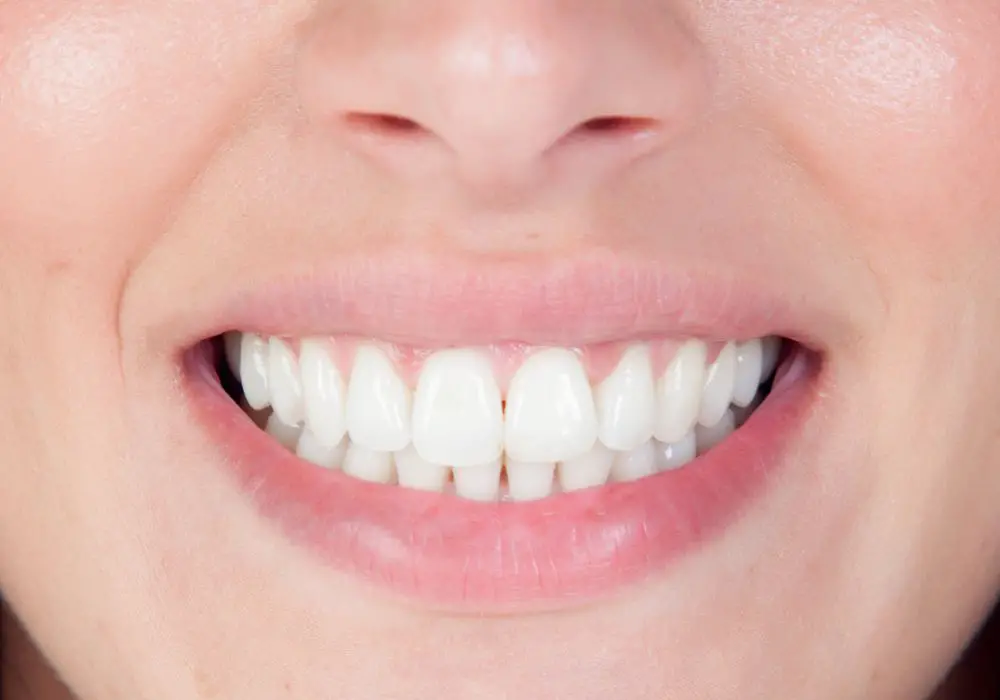
Bone loss can lead to various oral health problems:
- Loose, shifting teeth due to lack of stable support
- Increased tooth decay and cracks due to enamel damage
- Greater thermal tooth sensitivity from loss of root coverage
- Changed bite alignment affecting chewing
- Tooth fractures or complete loss of teeth
- Oral bacterial infections from gaps between teeth
- Poor nutrition due to difficulty chewing
- Accelerated loss of adjacent teeth
- Cosmetic concerns like collapsed facial appearance
- Necessity for bridges, partials, or dentures to replace lost teeth
- Failure of dental implants due to lack of bone
- Compromised stability and retention of all dental restorations
Treatment options
Treatment goals focus on halting disease progression and regenerating enough bone to stabilize teeth:
Professional cleanings – Scaling and planing thoroughly clean tooth roots and gum pockets to reduce bacterial load. This can allow gums to re-attach at a lower position on the root to fill smaller voids.
Antimicrobials – Antibiotic rinses or gels killing periodontal bacteria may be prescribed to control infection of the gums and bone tissue.
Oral hygiene instructions – Learning proper daily brushing and flossing is critical to manage plaque buildup. Using interdental brushes, a water pick, and antiseptic mouthwash help. Patients with dexterity issues may be advised to get professional cleanings more frequently.
Bite adjustment – Selective reshaping of teeth to ensure even biting forces, or wearing a bite guard, helps prevent mechanical damage from excessive pressures.
Bone grafts – Natural or synthetic bone materials surgically placed help stimulate bone regrowth. Growth factors are often added to accelerate the process.
Guided tissue regeneration – Membranes control gum tissue growth, allowing bone and connective fibers to regenerate first. This helps reform lost attachments.
Tissue stimulating proteins – Emdogain and proteins like platelet-rich plasma activate cells critical for tissue and bone regeneration when applied during surgery.
Dental implants – Implants can replace teeth lost to advanced bone loss while preventing further bone resorption in those areas. Their stability depends on remaining bone density.
Nutritional counseling – Diet changes and vitamin supplementation may be suggested to support wound healing after treatment procedures.
Maintaining bone through prevention
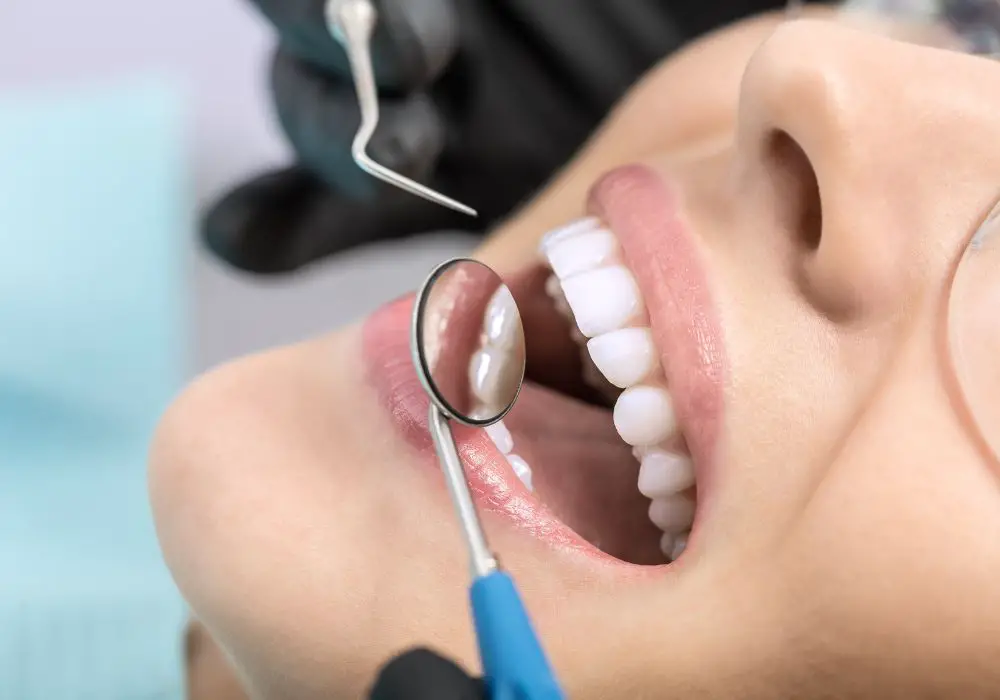
Preventing additional bone loss is key:
- Brush and floss thoroughly twice a day, or more if needed
- Have professional cleanings and exams every 6 months
- Treat gum disease infections early and completely
- Quit smoking and avoid tobacco
- Control clenching and grinding with a mouth guard
- Manage diabetes and metabolic disease
- Get well-fitted dental work adjusted as needed
- Eat a balanced diet with plenty of calcium and vitamin D
- Limit alcohol intake and sugary or acidic foods
- Use antimicrobial rinses daily if at higher risk
The outlook for maintaining bone depends on adhering to prevention habits, seeking treatment when first signs of disease appear, and following all maintenance therapy instructions. With early diagnosis and prompt treatment, bone loss progression can often be stabilized and some regrowth achieved.
Conclusion
Bone loss in the jaw and around teeth is a common problem that can progress and get worse without treatment. Causes include gum disease, poor hygiene, smoking, diabetes, hormones, and more. Signs like loose teeth, exposed roots, gum recession, and gaps between teeth indicate bone loss. Diagnostic tools like x-rays, CT scans, probing, and fluid sampling help dentists identify it. Stopping disease progression and rebuilding lost bone requires professional treatment combined with daily preventive habits. Addressing bone loss is critical for stabilizing teeth and preventing tooth loss.
Frequently Asked Questions
What is the fastest way to rebuild lost bone in the jaw?
The quickest approach is typically bone grafting surgery to stimulate new bone growth in areas of significant loss. Using bone growth factors like Emdogain or PRP along with grafts can further accelerate formation. But optimal bone regrowth also requires excellent infection control and stabilization with implants or special barriers.
Can I reverse bone loss without surgery?
Mild to moderate bone loss can sometimes be reversed with non-surgical periodontal therapy like deep cleanings and antimicrobials. But more advanced cases usually also require bone grafts or regenerative surgical techniques for meaningful bone restoration. The extent of disease determines options.
How do you know if you have bone loss in your jaw?
Signs like increasingly loose teeth, receding gums, tooth pain, larger gaps between teeth, and changes in bite alignment may indicate bone loss. A dentist can visually screen for these signs but will need dental x-rays or a CT scan to directly visualize and measure bone levels around teeth.
What problems can bone loss around teeth cause?
Severe bone loss can lead to loose and shifting teeth, tooth loss, gaps in your smile, mouth pain, and bite changes. It also creates further complications like tooth decay and cracks due to lack of support. Restorations like bridges, crowns, and dentures may fail due to poor bone support.
Can you rebuild bone in gums without surgery?
Some mild bone loss can be reversed just with non-surgical periodontal therapy. But moderate to severe loss generally requires regenerative surgery like bone grafting. Excellent at-home care is key either way. While surgery is invasive, it produces the most dramatic bone regrowth results when indicated.

